Agastache Plant Types – Varieties Of Hyssop For The Garden
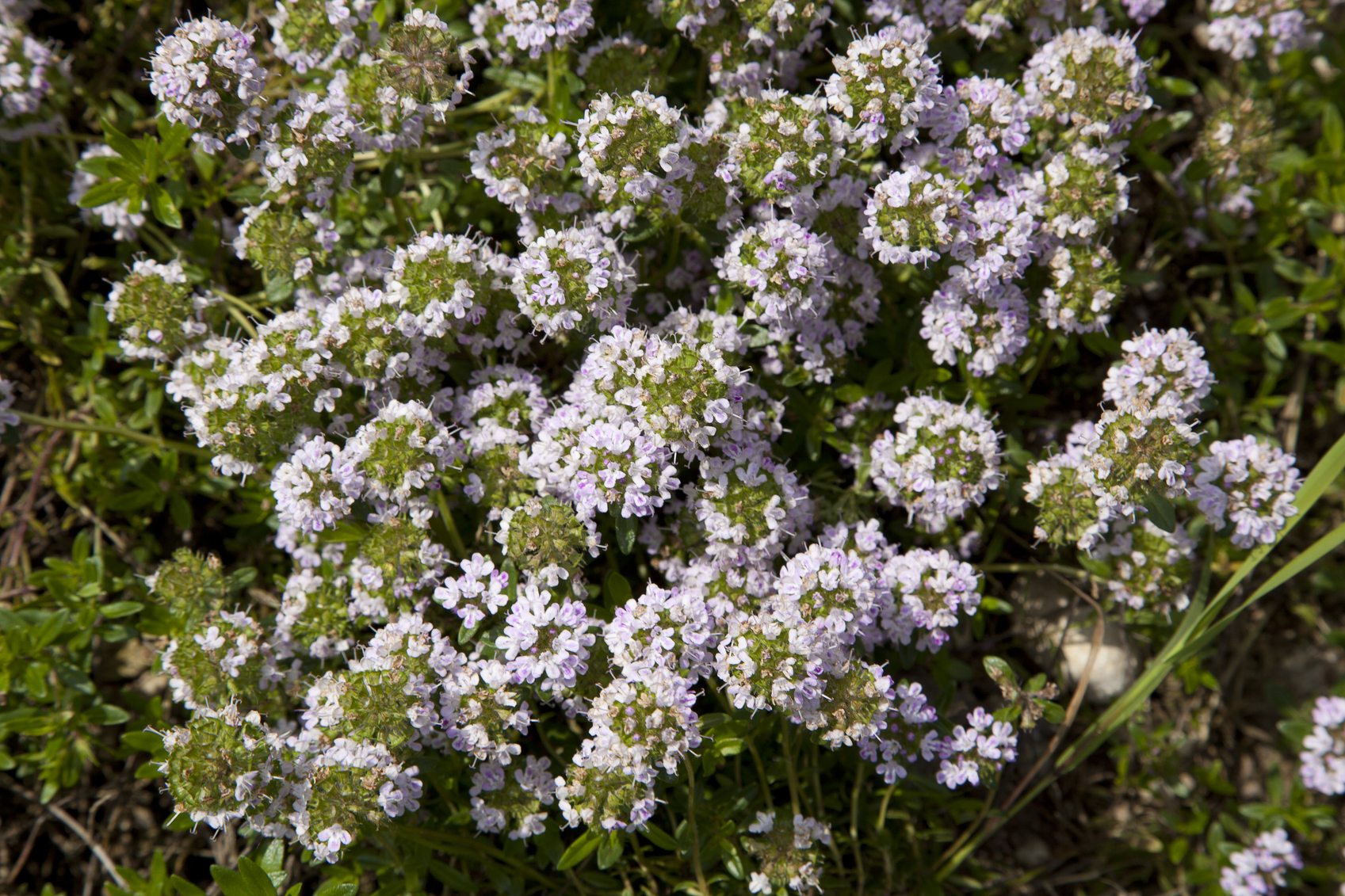

Agastache is a member of the mint family and has leaves very characteristic of that family. Many types of Agastache, or Hyssop, are native to North America, making them perfect for wild butterfly gardens and perennial beds. Agastache varieties may cross-pollinate and produce specimens that do not mimic the parent plant. This can either be a fun occurrence or a nuisance if your preferred species is taken over by a cross.
Hyssop Plant Information
Agastache plants are known for their brightly colored blooms, which attract hummingbirds and butterflies. In fact, another name for the plant is hummingbird mint. All Agastache plant types produce bushy plants with colorful spikes of flowers. Hyssop flowers are also edible and a colorful way to brighten the kitchen garden. These plants are hardy to USDA zone 5 and survive freezing winters with some mulch over the root zone quite well, provided soils drain freely. Many varieties of Hyssop can get up to 4 feet (1 m.) in height, but most remain only 12 to 18 inches (31-46 cm.) tall. Hummingbird mint has lance-shaped, toothy leaves with a grayish green hue. Blooms may be peach, mauve, pink, white, lavender, and even orange. Flowers begin showing up in midsummer and can continue to produce until the first frost when the plant will die back.
Suggested Agastache Varieties
As with all plants, there are continuous new introductions to the cultivated world of Hyssop. Agastache repestris is also called licorice mint and grows 42 inches (107 cm.) tall with coral flowers. Honey Bee White is a 4 foot (1 m.) wide bush that is one of the taller species, while, similarly, the big bush Anise Hyssop will achieve 4 feet (1 m.) in height with a similar width. Agastache plant types for the edges of perennial beds include the orange, large-flowered Acapulco series, Agastache barberi, and orange-yellow blooming Coronado Hyssop, each of which only top out at 15 inches (38 cm.) in height. Some other types of Agastache to try by their common cultivation names:
- Blue Boa
- Cotton Candy
- Black Adder
- Sumer Sky
- Blue Fortune
- The Kudos Series (Coral, Ambrosia, and Mandarin)
- Golden Jubilee
Visit your local nursery and see what forms they offer. Most regional garden centers will carry plants that will do well in that locale and can be relied upon to perform well.
Growing Different Varieties of Hyssop
Whether you are growing Sunset Hyssop or Korean Hyssop, the soil requirements are similar. Agastache is remarkably tolerant of poor soils. The plants thrive in neutral, alkaline, or acidic soil and only require good drainage and full sun. Deadheading isn't necessary but will enhance the appearance of your plant as it blooms all summer. Provide deep, frequent waterings and avoid letting the plant dry and wilt, as flower production will be interrupted. If you want to ensure that your plant is kept true, remove any volunteers as they appear since they may be crosses of another Agastache in the area and will not continue the desired traits. Agastache is an elegant plant, easy to care for, and looks airy and colorful in drifts along a garden path or in the cottage garden. Don't miss this low maintenance bloomer for outstanding excellence in your garden.
Gardening tips, videos, info and more delivered right to your inbox!
Sign up for the Gardening Know How newsletter today and receive a free copy of our e-book "How to Grow Delicious Tomatoes".

Bonnie Grant is a professional landscaper with a Certification in Urban Gardening. She has been gardening and writing for 15 years. A former professional chef, she has a passion for edible landscaping.
-
 Try The Trend – Turn Any Bed Into A Keyhole Garden With This Clever In-Ground Composter
Try The Trend – Turn Any Bed Into A Keyhole Garden With This Clever In-Ground ComposterKeyhole gardening is an efficient and sustainable practice that saves space. Get started on this DIY project quickly and easily with an in-ground composter.
By Bonnie L. Grant
-
 4 Superfast Composting Methods: Turn Waste Into Garden Gold In 30 Days Or Less
4 Superfast Composting Methods: Turn Waste Into Garden Gold In 30 Days Or LessTry the fastest composting methods to turbocharge your pile and transform kitchen scraps and garden waste into finished compost in just a few weeks.
By Mary Ellen Ellis
-
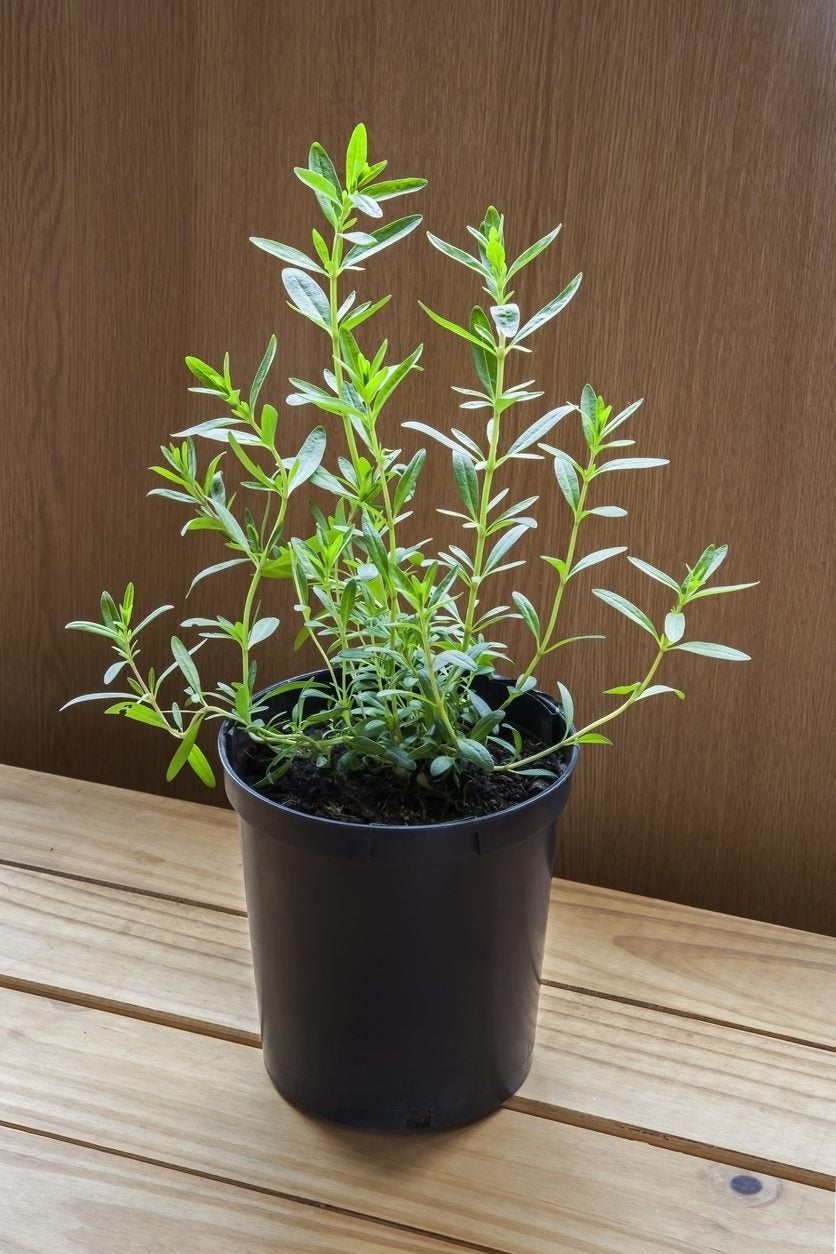 Hyssop Plants In Containers – Can You Grow Hyssop In Pots
Hyssop Plants In Containers – Can You Grow Hyssop In PotsHyssop is, like many other herbs, very tolerant of a variety of environments. But how about growing hyssop plants in containers? Can you grow hyssop in pots? Click on this article to find out how to grow a hyssop plant in a pot.
By Amy Grant
-
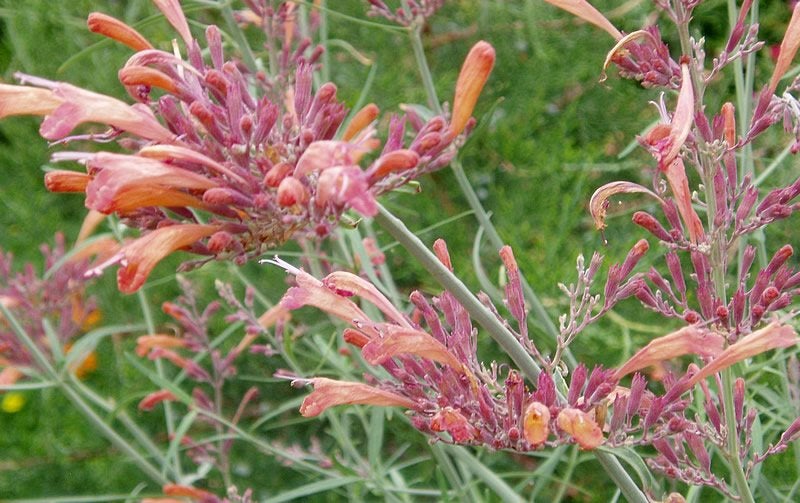 Sunset Hyssop Information: How To Grow Sunset Hyssop Plants
Sunset Hyssop Information: How To Grow Sunset Hyssop PlantsAs the name implies, sunset hyssop plants produce trumpet-shaped blooms that share the colors of the sunset. Growing sunset hyssop isn't difficult, as the plant is drought-tolerant and requires little maintenance. This article will help get your started.
By Mary H. Dyer
-
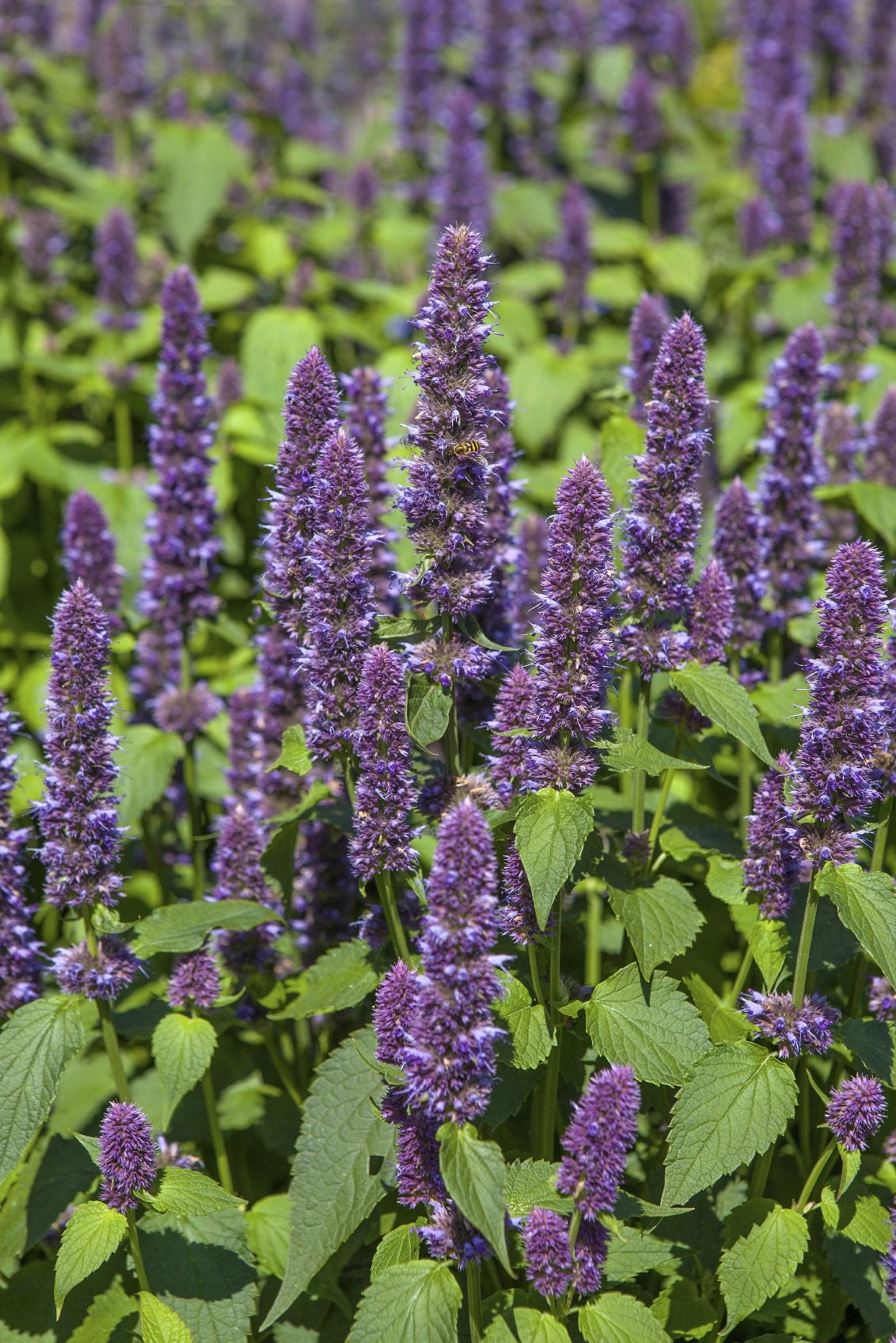 Cutting Back Anise Hyssop: How And When To Prune Agastache
Cutting Back Anise Hyssop: How And When To Prune AgastacheAgastache, or anise hyssop, is an aromatic, culinary, cosmetic, and medicinal herb. Light trimming will keep the plant looking its best. In this article, we will discuss when and how to prune Agastache for the best results and a healthy plant.
By Bonnie L. Grant
-
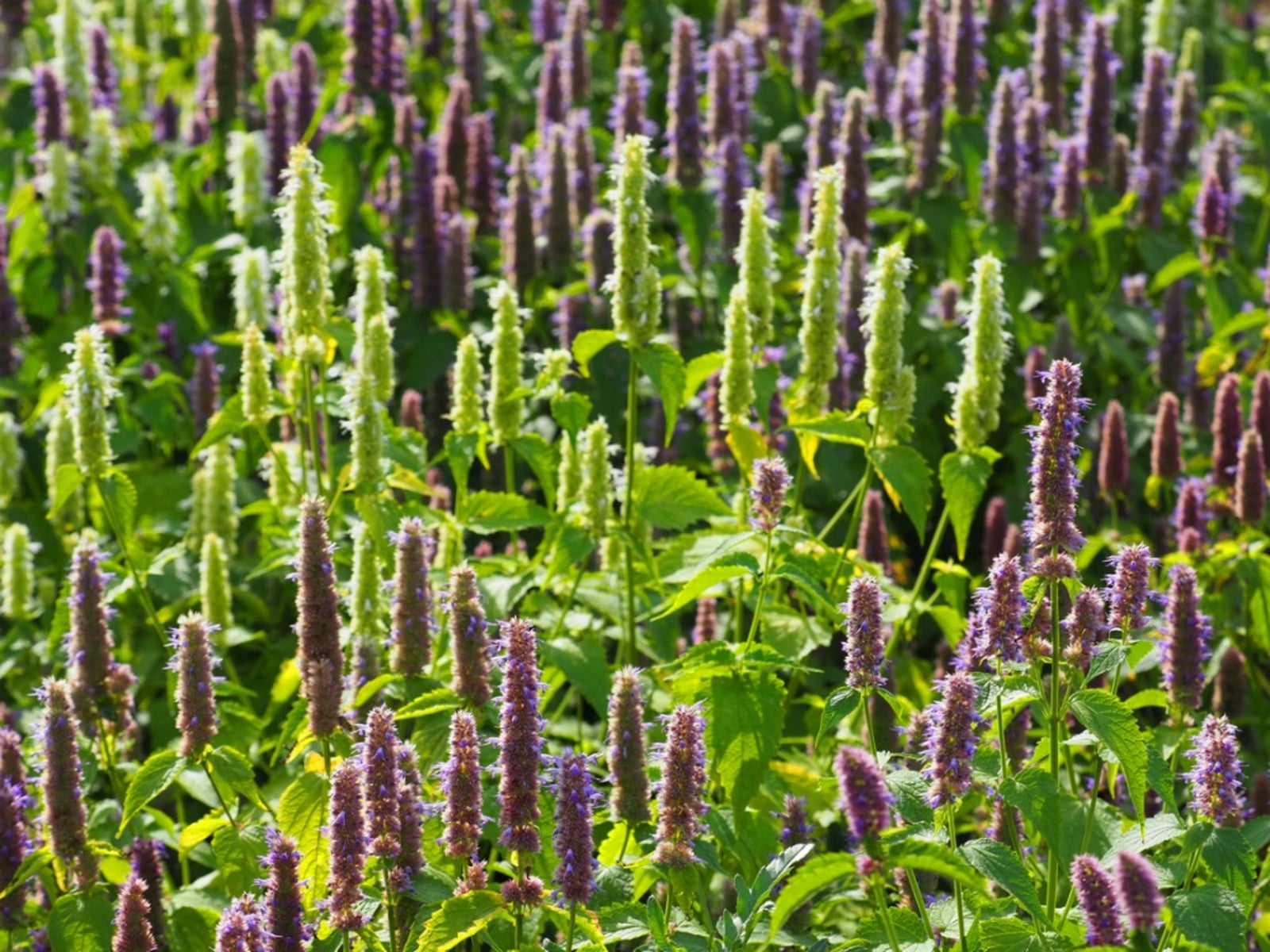 Agastache Flower - How To Grow Agastache
Agastache Flower - How To Grow AgastacheAgastache is a perennial plant with lovely flower spires that bloom all season long. Learning how to grow Agastache requires no special skills or care. The information in this article can help get you started.
By Bonnie L. Grant
-
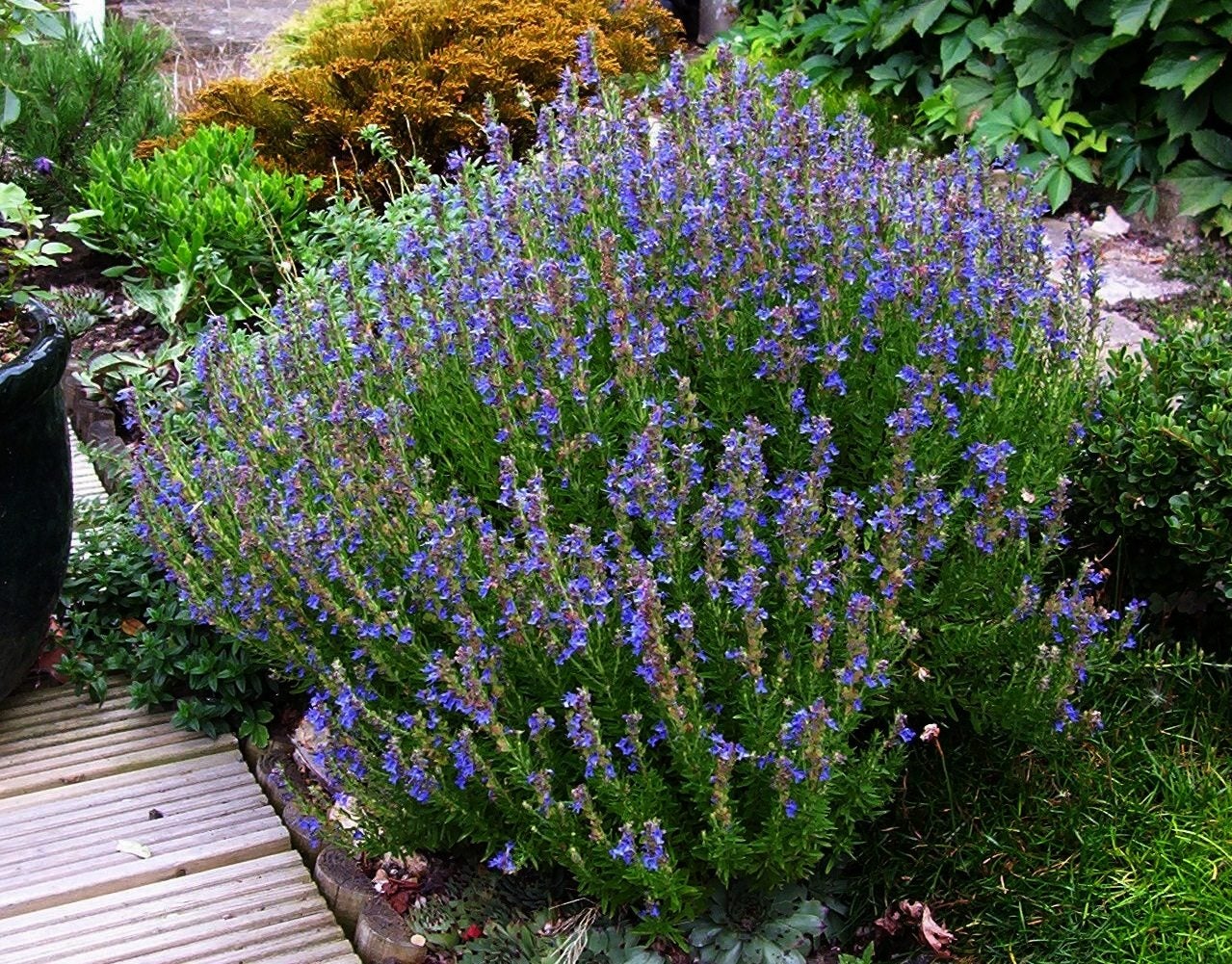 Tips For Growing Hyssop Plant In Your Garden
Tips For Growing Hyssop Plant In Your GardenHyssop is an attractive flowering herb commonly grown for its flavorful leaves. Growing a hyssop plant is easy and makes a lovely addition to the garden. Find out how to grow hyssop plants in this article.
By Nikki Tilley